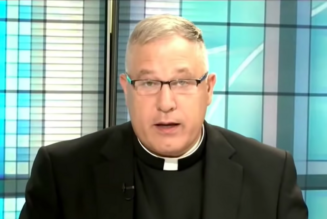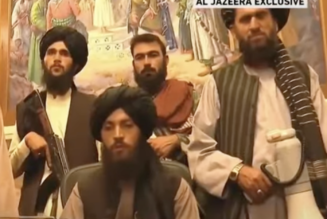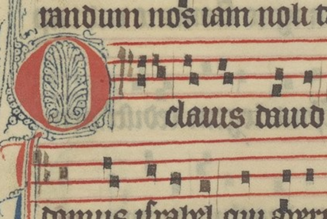John Cassian’s rules for discernment can assist in the problematic process of sifting out false religious teaching and teachers, false ideologies and ideologues, specious political opinions and bogus salesmen, rogues and internet provocateurs.
 John Cassian, born in the mid-fourth century in what is present-day Romania, exerted a major influence on Western monasticism and therefore on Western culture.
John Cassian, born in the mid-fourth century in what is present-day Romania, exerted a major influence on Western monasticism and therefore on Western culture.
As a young man he traveled to Palestine, lived in a hermitage near Bethlehem, and visited the monasteries of Egypt before traveling to Constantinople, getting caught up with the political and ecclesial controversies of the day before eventually establishing a monastery after the Egyptian model in Marseilles, France.
His Institutes are guidelines for monastic life while the Conferences is a collection of spiritual guidance gathered from the wisdom of various desert fathers. In his own rule, Saint Benedict recommends the reading of Cassian, and it is clear that much of Benedict’s rule is drawn from Cassian, as well as Basil’s rule in the East, and the anonymous Rule of the Master from Southern Italy.
In his second conference, Cassian recounts the wisdom of the desert monk Abbot Moses regarding discernment, and he lays out four principles that are enlightening for the tricky task of discerning truth in the present morass of media superficiality, political propaganda, fake news, advertising, obfuscation, and corruption in the political, educational, and ecclesial arenas.
Cassian uses the analogy of coinage to outline the four principles. Remembering that in the ancient world coins were minted from precious metals. Money was not a digital blip on a bank’s website, an electronic transaction, or a paper banknote. A coin did not represent gold. It was gold or silver or bronze.
With this in mind, Cassian says one must first discern whether the coin is actually gold or not. Secondly, if it is gold, one must discern whether it is a counterfeit. The third test is whether the coin bears the proper image of the king. The fourth test is whether the coin is of the true weight or whether it is false—either being minted below weight or because some of the precious metal has been ground or chipped off.
Therefore the four types of discernment might be boiled down to four questions to be asked: 1. Quality—Is it really gold? 2. Authenticity —Is it a counterfeit? 3. Authority—Does it bear the profile of the rightful king? 4. Quantity—Is it the proper weight, or is it deficient in some way?
These questions for discernment can assist in the problematic process of sifting out false religious teaching and teachers, false ideologies and ideologues, specious political opinions and bogus salesmen, rogues and internet provocateurs.
So when confronted with, for example, a religious teacher or preacher, the rules for discernment would lead us to ask firstly, is this person’s teaching true gold? Can we discern any obvious untruths? Has the gold been polluted by some lesser alloy? Secondly, we would ask whether the coinage is counterfeit. Remembering that the counterfeiter attempts to make his product as like the real thing as possible, we develop a method for detecting what is counterfeit, and any good counterfeiter will tell you that the best way to detect counterfeits is to know the real thing at the most expert level possible. Thirdly, one asks whether the teacher has any authority to do what he does or teach what he teaches. Does he bear the image of the true king? Finally, is the teaching full strength? Heresy is not a total lie; it is most often a half-truth. It is truth that is watered down, sentimentalized, and sanitized, and therefore weakened and deficient. Heresy doesn’t destroy the truth as much as it distorts the truth.
Cassian’s four rules for discernment however, beg some larger questions. How exactly does one determine the quality of the proposition or teaching in question? Where does one go to find the authentic teaching by which to test the counterfeit? Who is the true king whose image the coin should bear—in other words what is the authority by which one tests the teaching? Finally, what is the true gold standard? What is the true weight and how do you determine whether the coin is debased and deficient?
This leads us back to more fundamental discussions about truth and authority and the questions of relativism and revelation. The political mind looks to founding documents and philosophies for a gold standard: the Constitution, the Bill of Rights, the Declaration of Independence, and the Magna Carta—and further back to the philosophical foundations of Western culture.
The religious mind includes the Sacred Scriptures, the wisdom of tradition, and (if Catholic) the magisterium of the Catholic Church.
With such foundations, Cassian’s rules for discernment are useful. Without them they are not tools for discernment, but tools for discrimination—not tools, but tricks to simply confirm one’s bias and support one’s already-decided opinion.
The Imaginative Conservative applies the principle of appreciation to the discussion of culture and politics—we approach dialogue with magnanimity rather than with mere civility. Will you help us remain a refreshing oasis in the increasingly contentious arena of modern discourse? Please consider donating now.
The featured image of Saint John Cassian is in the public domain, courtesy of Wikimedia Commons.
Join Our Telegram Group : Salvation & Prosperity
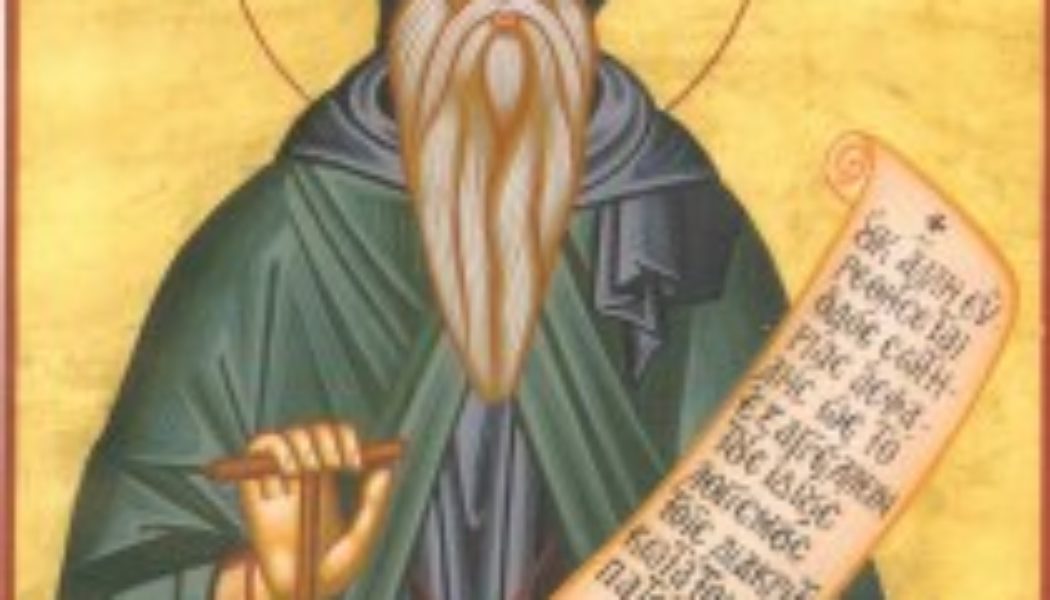



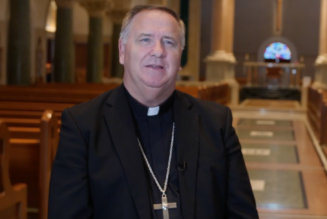
![Whole Woman’s Health v. Jackson: Read the Supreme Court opinions here [PDF]…](https://salvationprosperity.net/wp-content/uploads/2021/09/whole-womans-health-v-jackson-read-the-supreme-court-opinions-here-pdf-327x219.gif)

